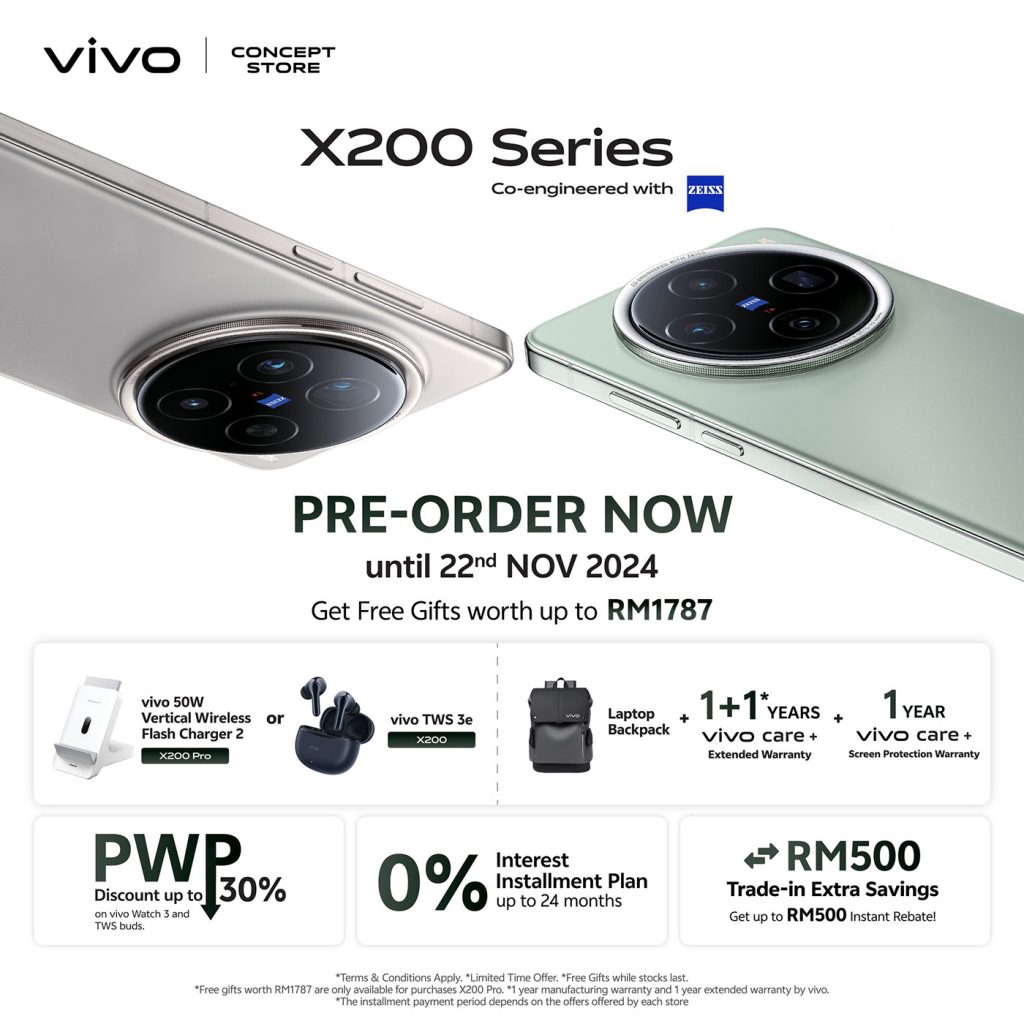Are you tired of constantly worrying about your teeth shifting back after braces? Look no further because permanent retainers are here to save the day!
These magical orthodontic appliances are designed to keep your teeth straight and in perfect alignment so you can confidently flaunt your beautiful smile. But wait, there’s more!
This post will discuss the benefits of permanent retainers and discover the secret tips and tricks to unlock their full potential.
So, why wait? Book a free assessment today in New South Wales, Australia, and take the first step towards retaining your perfect smile.
Retainers
A retainer is a custom-made device worn in the mouth over the teeth to maintain their new, correct position after orthodontic treatment. It prevents them from going back to their original positions.
There are two retainer types: permanent/fixed and removable. It is important to follow the orthodontists’ instructions regarding retainer wear to ensure the long-term success of the treatment.
What Is a Permanent Retainer?
A permanent retainer is a fixed device, typically a thin wire made of metal or strong fibre, bonded to the back of the teeth using a special adhesive. Unlike removable retainers, permanent retainers do not require daily maintenance or compliance, as they are always in place, providing consistent pressure to keep the teeth in the same alignment over a long period.
The importance of permanent retainers in orthodontic treatment lies in their ability to maintain the results achieved through braces or other orthodontic interventions. They are beneficial for individuals who struggle to consistently wear removable retainers.
What Are the Benefits of Having a Permanent Retainer?
Permanent retainers offer numerous advantages contributing to the long-term maintenance of a straight, beautiful smile. It includes continuous stability, discreet appearance, convenience and compliance, long-term orthodontic success, fewer follow-up appointments, and lifestyle adaptation.
Continuous Stability
Unlike removable counterparts, these retainers are always in place, maintaining the corrected alignment of your teeth around the clock. It is crucial in preventing your teeth from shifting back to their original positions – a common concern post-orthodontic treatment.
Discreet Appearance

Permanent retainers offer a discreet solution as they are attached to the back surfaces of the teeth. It makes them virtually invisible to others, allowing you to confidently flaunt your smile without the awkwardness of visible dental apparatus.
Convenience and Compliance
For those who find the routine of inserting and removing a retainer to be tedious, permanent retainers offer a convenient alternative. Once fixed, there’s no need for constant removal and reapplication, making compliance hassle-free.
Long-Term Orthodontic Success
Constantly maintaining teeth alignment post orthodontic treatment ensures you can enjoy the results of your perfect smile for years.
Fewer Follow-up Appointments
With permanent retainers, follow-up appointments are greatly reduced, freeing time and reducing patient effort. It allows you to focus more on your daily routines without the interruption of frequent dental visits.
Lifestyle Adaptation
Permanent retainers effortlessly adapt to your lifestyle. Whether eating, speaking, or engaging in daily activities, these retainers cause minimal interference, making them a popular choice among patients.
How to Maximise the Benefits of Permanent Retainers
To maximise the benefits of permanent retainers and maintain the results of orthodontic treatment, the following strategies can be employed:
Maintain Overall Oral Health
To maintain oral health and maximise the benefits of permanent retainers, brush your teeth at least twice or thrice per day using fluoride toothpaste. Focus on brushing around your retainer and in between your teeth. Replace your toothbrush every three months or if the bristles have worn out.
Use waxed dental floss at least once daily to clean around your retainer, as it won’t get caught in the wires. Keep up with regular checkups and cleanings for your oral health and the proper functioning of your retainer.
Be Mindful of Your Diet
Be mindful of what you eat to avoid damage to the retainer and maintain oral health. Avoid hard and crunchy foods that may increase the chances of breaking your permanent retainers.
Also, chewy foods like caramels, taffy, and chewing gum should be consumed sparingly or avoided altogether, as they can adhere to your permanent retainer, making cleaning difficult.
Wear a Mouthguard during Physical Activities
If you play sports, you must use a mouthguard to protect the teeth and the retainer. A mouthguard protects your teeth and gums to prevent injury during sports or physical activities.
Retainer Replacement
Permanent retainers may require replacement if they bend or break, but they generally do not need frequent replacement compared to removable retainers. Retainer replacement will ensure that your retainers are in good condition and continue to hold your teeth in their new positions effectively.
Follow up Care
Regular follow-up appointments with orthodontists are necessary to monitor the retainer’s condition and address any concerns or issues that may arise.
In Summary
Permanent retainers preserve the results of orthodontic treatment, offering many benefits such as continuous stability, a discreet appearance, convenience, fewer dental visits, and an easy adaptation to your lifestyle.
For retainer longevity and effectiveness, it’s essential to maintain good oral health, be mindful of your diet, protect your retainer during physical activities, replace the retainer when necessary, and attend regular follow-up appointments with your orthodontist.




